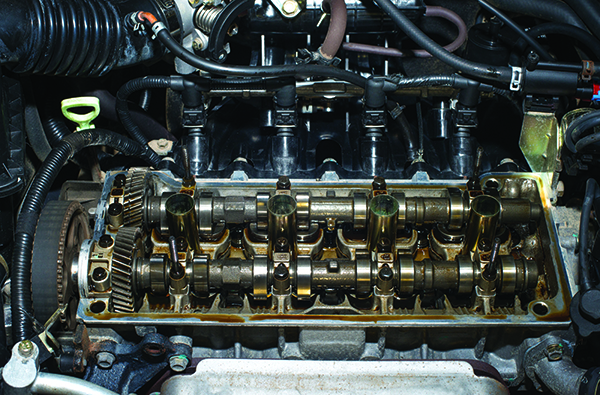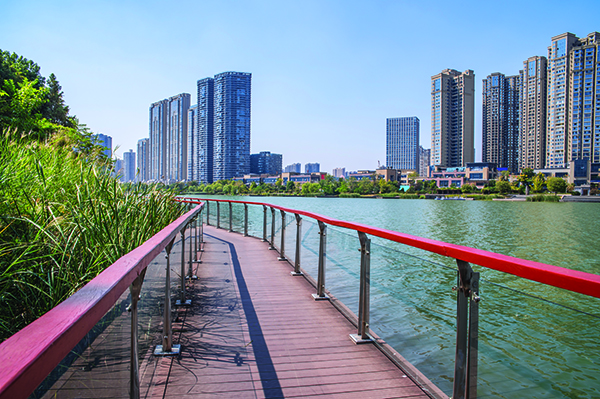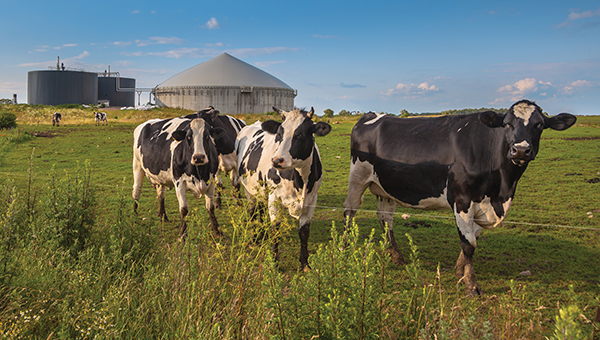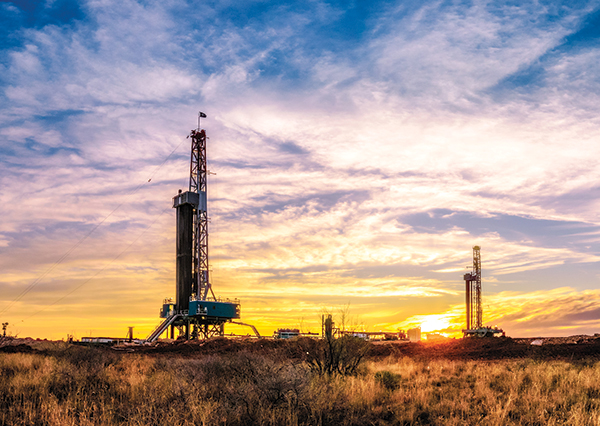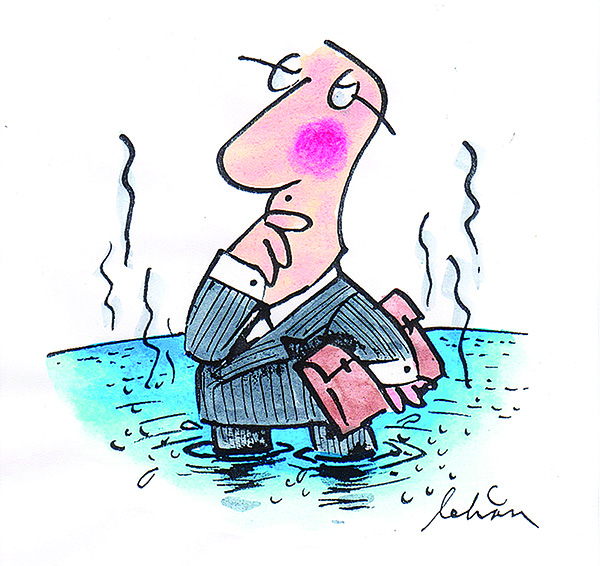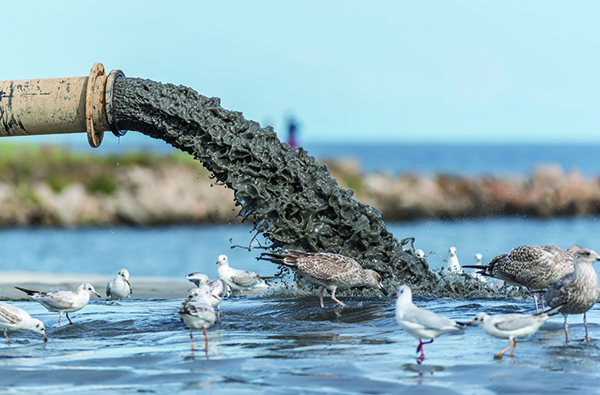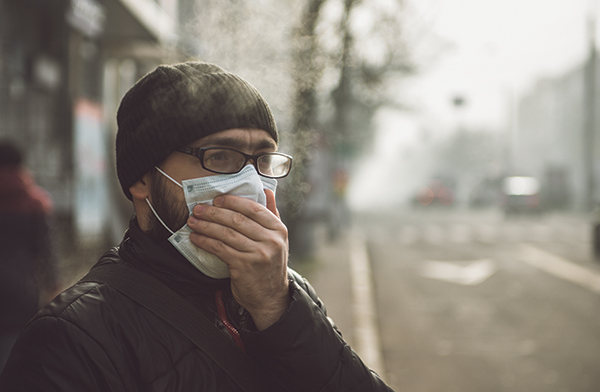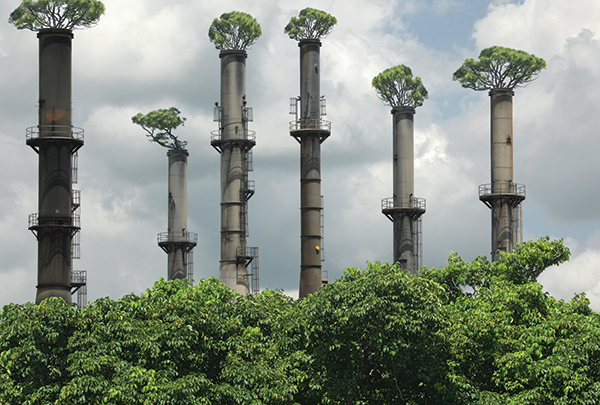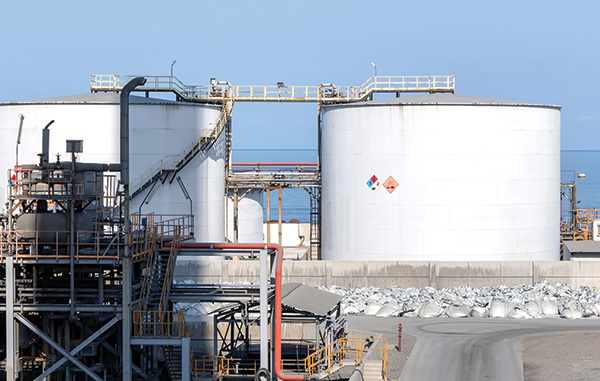Norwegian prime minister Jens Stoltenberg famously said in 2007 that CCS would become “our moonlanding”. Nothing much happened. But in September 2020, after many false starts and delays, the Norwegian government finally revealed its plan, now called Longship, with several references to Viking traditions.
What was called Full Chain CCS initially included carbon capture at a combined heat and power plant fuelled with waste in Oslo, an ammonia plant and a cement factory, as well as transport by ships and storage in the North Sea (see other article in this issue of Acid News). After several costing and cost-cutting exercises the Norcem cement factory was the only surviving capture project. It will capture 0.4 million tonnes of CO₂ per year.
Norcem was chosen because the other projects were estimated to be even more expensive. Cement production produces a relatively clean and steady stream of CO₂ compared to most other sources such as coal power and gas power, where it has made little headway since CCS was launched by the George W. Bush administration in 2001. The total cost of the project is 18.7 bn Norwegian kroner (€1.74 bn) over a 10-year period, out of which the government pays 13.8 bn directly, plus a further two billion or so indirectly through Equinor, in which the government has a majority stake.
Hedelberg Cement, the owner of Norcem, has not yet made an investment decision, and only says it “may soon initiate the building of the world’s first full-scale carbon capture plant in the cement industry”. Another daughter company, Cementa, in Sweden, expresses hope that Cementa will produce “climate neutral” cement by 2030, with CCS as its main method. Cementa also says that Norcem, according to plans will “halve” its emissions by 2024, which implies that the other half will still be emitted.
It is clear that the Norwegian government will pay most of the cost for the Norcem project. The big question is who is going to pay for other CCS projects.
Credible sources tell Acid News that Equinor is offering to transport CO₂ from Baltic harbours and store it in Norway, at a price tag well above €50, twice the European emission trading price of about €25. That is on top of the cost of capture and transport to the harbour.
This is very far from a commercial proposition. Most other major CCS candidates, other than niche applications such as processing of natural gas and/or enhanced oil recovery, are even more expensive.
According to an economic analysis for the Norwegian government in June 2020, capture from the waste-to-heat plant in Oslo would cost almost 50% more than the Norcem project. The capture costs alone are given as €104 for cement and €153 for the waste-to-heat plant. Fortum, which owns the waste plant together with Oslo city, was promised part of the cost by the government if it could finance the remainder. The company is now trying to get money from the EU, but competition is fierce.
The cost per ton would be lower if spread over a longer period than 10 years, but investors are reluctant to do so. The factory may not be competitive forever. Alternative cements or other construction materials may be developed to render traditional limestone cement obsolete, even with CCS. This is to some extent happening right now. Construction company Skanska offers Green Concrete with 15–52% less CO₂, depending on the application. This is a result of mixing the cement with slag, one of several alternative binders. Another Swedish construction company, Peab, started production of its slag cement, which uses a by-product from a steel plant in Oxelösund south of Stockholm, in the autumn of 2020.
Fredrik Lundberg


